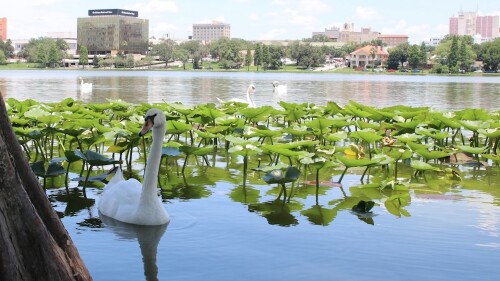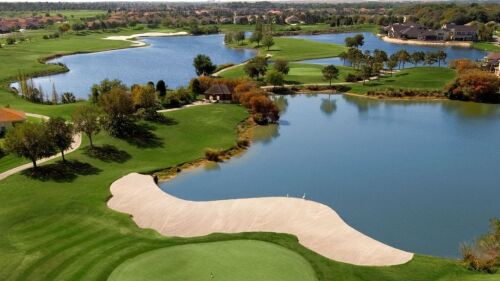While we were hoping we wouldn’t have to touch this subject again, cautiously avoiding it with our next beach day in sight, the red tide has re-surged along Pinellas County.
Last weekend, the resurgence washed dead fish up to shore, hitting the Intercoastal Waterways with more waste than the city can currently keep up with. According to Pinellas County Environmental Management Director Kelli Levy, since Sept. 7, the county has cleaned up 324 tons of dead fish to its solid waste disposal facility.
So, alas as much as we’d like to avoid this topic, we want to make sure you’re all informed to its current conditions. As well as answer a few questions on the red tide we’ve been curious about ourselves.
📍Where is it?
Currently, the red tide is impacting Madeira Beach, Redington Shores, Indian Shores, St. Pete Beach, Clearwater Beach + Pass-A-Grille, with other beaches from Pinellas to Lee County.
🌊 What causes it?
Red tide occurs when different types of algae (Karenia brevis being the most prevalent) explode in population, creating something called an “algal bloom.” When millions of these microscopic algae reproduce + hang out together in one area of the ocean, they can change the color of the water into a rusty shade of red.
This bloom produces toxins that can kill fish, birds + other wildlife, and may be dangerous for humans with respiratory issues. Low salinity (the amount of salt in the water), a high nutrient content in the water + warmer-than-usual water temperatures are typically cited as a contributing factor to red tide formations.
🕔 How long will it last?
This is an open-ended question. Generally speaking, red tide can last from a few weeks to over a year. As in our case, it can also subside + reoccur.
For example, in January of 2005 a bloom occurred off the coast of St. Petersburg, spreading to Pensacola and then Naples by October, continuing for most of the year. Duration of harmful algae blooms depends on physical and biological conditions which influence its persistence.
🚢 How did it get here?
Ships, wind, storms + currents are the usual suspects in the blame game for the spread of the algae that causes red tide.
🌴 Can I still go to the beach?
While we’d advise you to use proper precautions, we know you’re adults here.
Be sure to check Beach Conditions Reporting System before your next beach day.
We’re hoping for this red tide to pass quickly + swiftly. Thankfully it’s Florida, so we’d gladly welcome planning ahead a Fall beach trip too.











